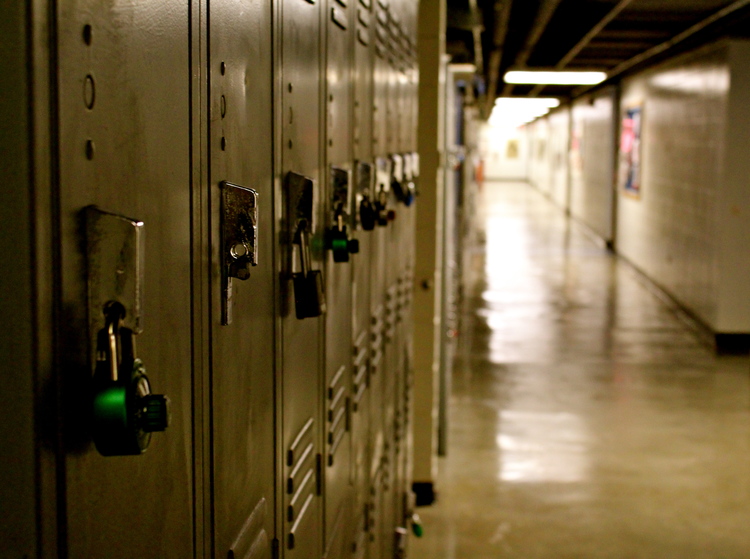How many lockers are open?
 Suppose you're in a hallway lined with
100 closed lockers.
Suppose you're in a hallway lined with
100 closed lockers.
You begin by opening every locker. Then, you close every second locker (#2, #4, ). After that, you "toggle" every third locker (open it if it's closed, close it if it's open).
You proceed to "toggle" every th locker for At the end of this process, how many lockers are open?
This section requires Javascript.
You are seeing this because something didn't load right. We suggest you, (a) try
refreshing the page, (b) enabling javascript if it is disabled on your browser and,
finally, (c)
loading the
non-javascript version of this page
. We're sorry about the hassle.
Answer: 10 lockers are left open:
Lockers #1, 4, 9, 16, 25, 36, 49, 64, 81, and 100. Each of these numbers are perfect squares. This problem is based on the factors of the locker number. Each locker is toggled by each factor; for example, locker #40 is toggled on pass number 1, 2, 4, 5, 8, 10, 20, and 40. That's eight toggles: open-closed-open-closed-open-closed-open-closed.
The only way a locker could be left open is if it is toggled an odd number of times. The only numbers with an odd number of factors are the perfect squares. Thus, the perfect squares are left open.
For example, locker #25 is toggled on pass number 1, 5, and 25 (three toggles): open-closed-open.